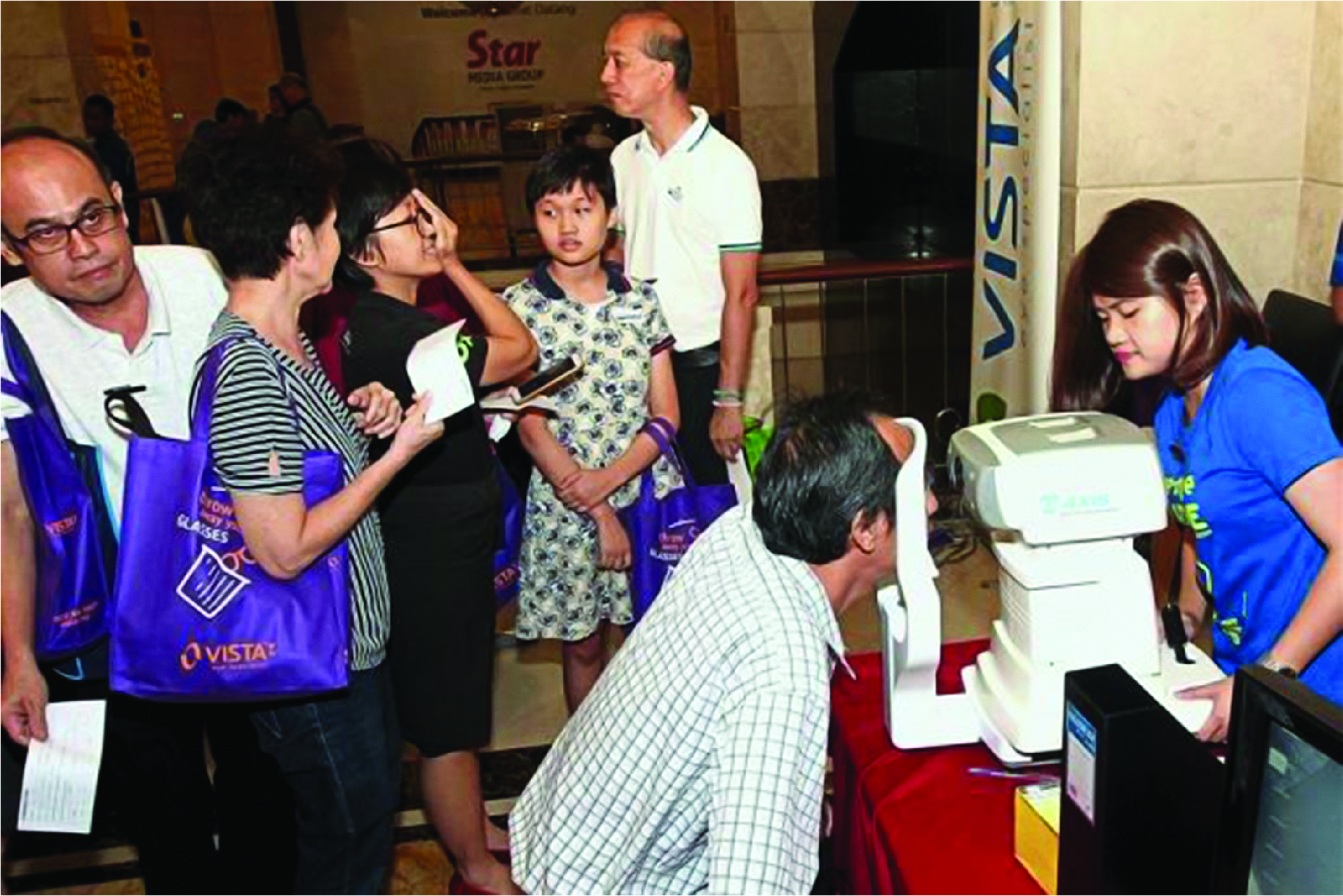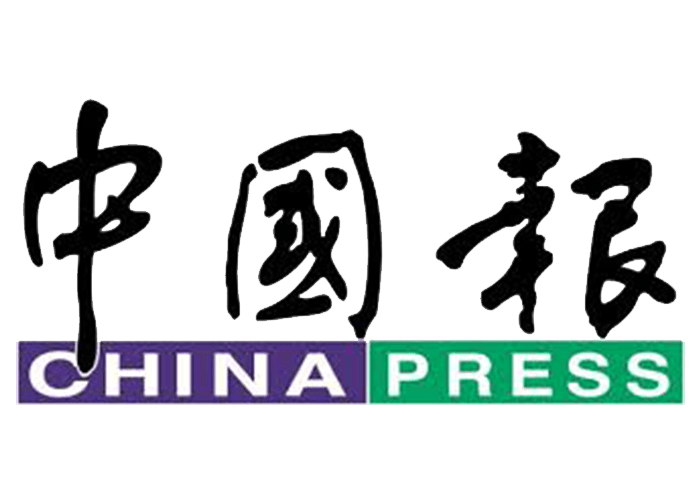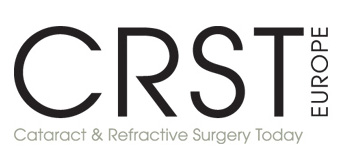
For 2020 vision: People waiting to do complimentary eye checks at the StarLIVE talk in Petaling Jaya.
PETALING JAYA: Many of us think that vision only deteriorates with age, but myopia or short-sightedness among Asian school children and young adults is growing at an alarming rate.
“The current global prevalence rate of myopia is at 30% and it is estimated to increase up to 50% by 2050, which is a staggering number of close to one billion,” said Vista Eye Specialist consultant ophthalmologist, cataract and refractive surgeon Dr Vienne Tai.
Dr Tai was one of the experts from Vista Eye Specialist speaking about eye health and modern vision correction procedures for people of all age groups at the StarLIVE talk on “Claim 20/20 Vision With Modern Technology”.
Research also shows that 70% to 87% of Asian school children and young adults have myopia.
“Although genetics plays a role in myopia, its development may be affected by how one uses his or her eyes. Lifestyle plays an important factor in the onset of myopia.” Other factors include reading books or devices at an unsuitable distance or in dim lighting and lack of sleep.
Dr Tai asked parents to conduct a simple test on their children by asking them to read a signboard or a car plate, adding that early detection has higher chances of reducing the progression of myopia.
Consultant ophthalmologist, cataract and refractive surgeon Dr Paul Lim spoke about corrective procedures for refractive errors, including myopia, hyperopia (far-sightedness) and astigmatism (irregular vision) for those between the age of 18 and 40.
“There are two options which are the laser-assisted in situ keratomileusis (LASIK) and the implantable contact lens (ICL) procedure.
“LASIK is a cornea-based procedure using laser to reshape the cornea while ICL implants artificial lens into the eye to correct vision,” he said.
Vista Eye Specialist senior consultant ophthalmologist, cataract and refractive surgeon Dr Alan Koh presented on presbyopia.
“The lenses in our eyes, which are flexible to focus on objects at different distances, begin to lose that flexibility and weaken after the age of 40, becoming more rigid and is no longer able to accommodate near vision.
“Refractive Lens Exchange (RLE) is a procedure to remove the natural lens of the eye and replacing it with an artificial intraocular lens (IOL).”
Compared to cataract surgery, RLE replaces the clear lens rather than a cloudy lens due to cataract.
The acrylic-based artificial lenses can last between 50 and 100 years and eliminate the possibility of future cataracts developing.
The talk was organised in collaboration with Vista Laser Eye Centre Sdn Bhd and The Star to create awareness on eye health.
Source: thestar.com.my








































